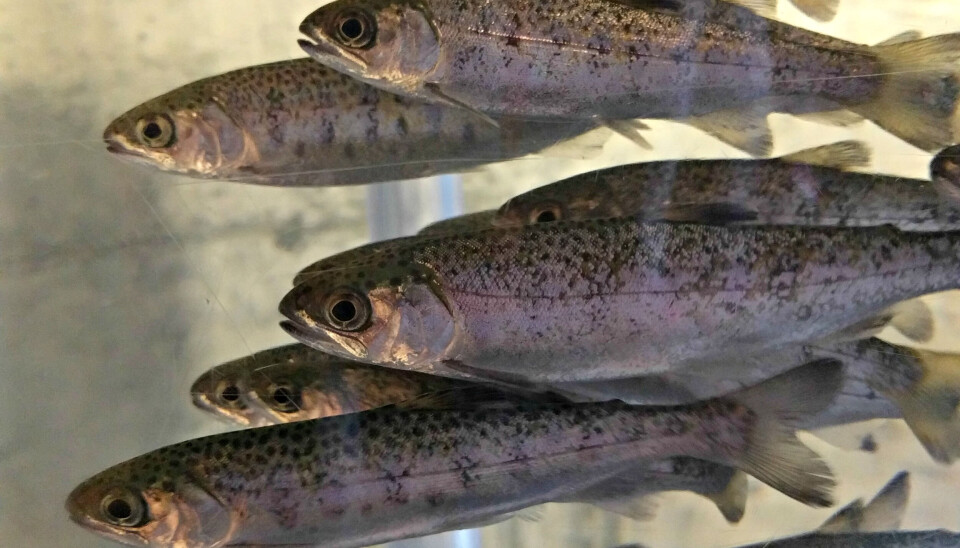
What could be the effects of exposure to sublethal concentrations of H2S?
Norway: A study reveals how exposure to different concentrations of hydrogen sulfide differentially affects various organs of Atlantic salmon in RAS aquacultures.
One of the challenges that salmon farmers must face in intensive RAS production is the production of hydrogen sulfide (H2S), a toxic gas that, in recent years, has been associated with massive mortality events particularly in those fish farms operating at higher salinities.
H2S in RAS is a metabolic byproduct mainly attributed to the group of sulfur-reducing bacteria under anaerobic conditions, and its toxicity in fish is due to the inhibition of cellular respiration.
The mucous membranes of some organs such as the gills, skin, intestine, and olfactory rosette are the first line of defense of the fish, and are also highly sensitive to H2S. "However, there is a significant knowledge gap on how fish mucosa responds to low environmental levels of H2S," stated a group of scientists from Norway, Denmark, and Spain, authors of a new study.
In their research, they sought to evaluate the consequences of prolonged exposure to sublethal levels of H2S on the mucosal defenses of post-smolts of Atlantic salmon.
The fish were continuously exposed to two levels of H2S (low: 0.05 µM; and high: 0.12 µM) for 12 days, during which time the experts studied the molecular and histological effects on gills, skin, and olfactory rosette.
Among their findings, the experts discovered that the three organs evaluated not only respond to H₂S, but do so in different ways, with the gills and olfactory rosette being the most sensitive.
Thus, H₂S induced in the tissues the stimulation of genes related to stress responses, and in gills, particularly, strong inflammatory responses were observed.
"All organs demonstrated the key molecular repertoire for sulfide detoxification, but their temporal and spatial expression was not substantially affected by sublethal levels of H2S," the researchers explained regarding the effects of the toxic gas among organs, specifying that the integrity of the mucosal barrier was not considerably affected by H2S.
Then, both proteomics and metabolomics revealed that the mucus from the gills and skin had little similarity in their response to H2S, and where histological and morphological analysis showed that exposure to H2S resulted in minimal changes in the mucosal structures.
Overall, the experts concluded that their results offer new insights into the effects of H2S on fish, especially regarding the key biological processes involved in detoxification and associated physiological measures.
"The findings can be incorporated into risk assessment strategies in terrestrial production of Atlantic salmon. In a broader context, the data showed the potential health and welfare consequences of prolonged exposure to H2S, which are valuable for defining farming conditions that limit H2S-related toxicity," the scientists concluded.
Read the full study titled "Mucosal organs exhibit distinct response signatures to hydrogen sulphide in Atlantic salmon (Salmo salar)", here.



















